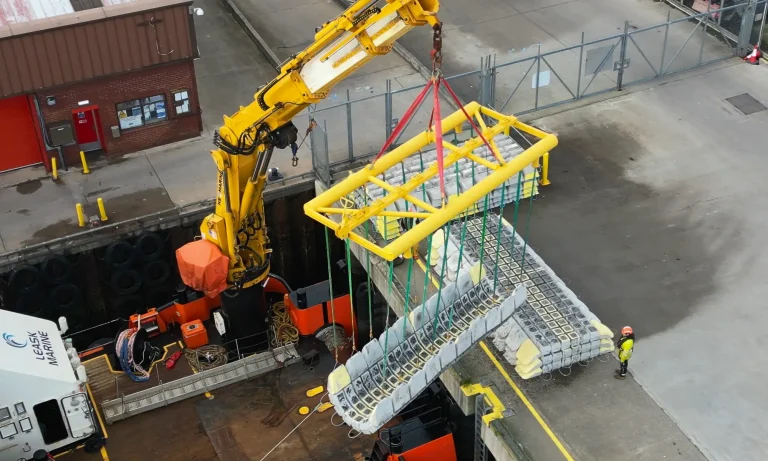Enhancing habitat biodiversity in Dorset at Hengistbury Head’s Long Groyne
Reducing coastal erosion at Hengistbury Head’s Long Groyne
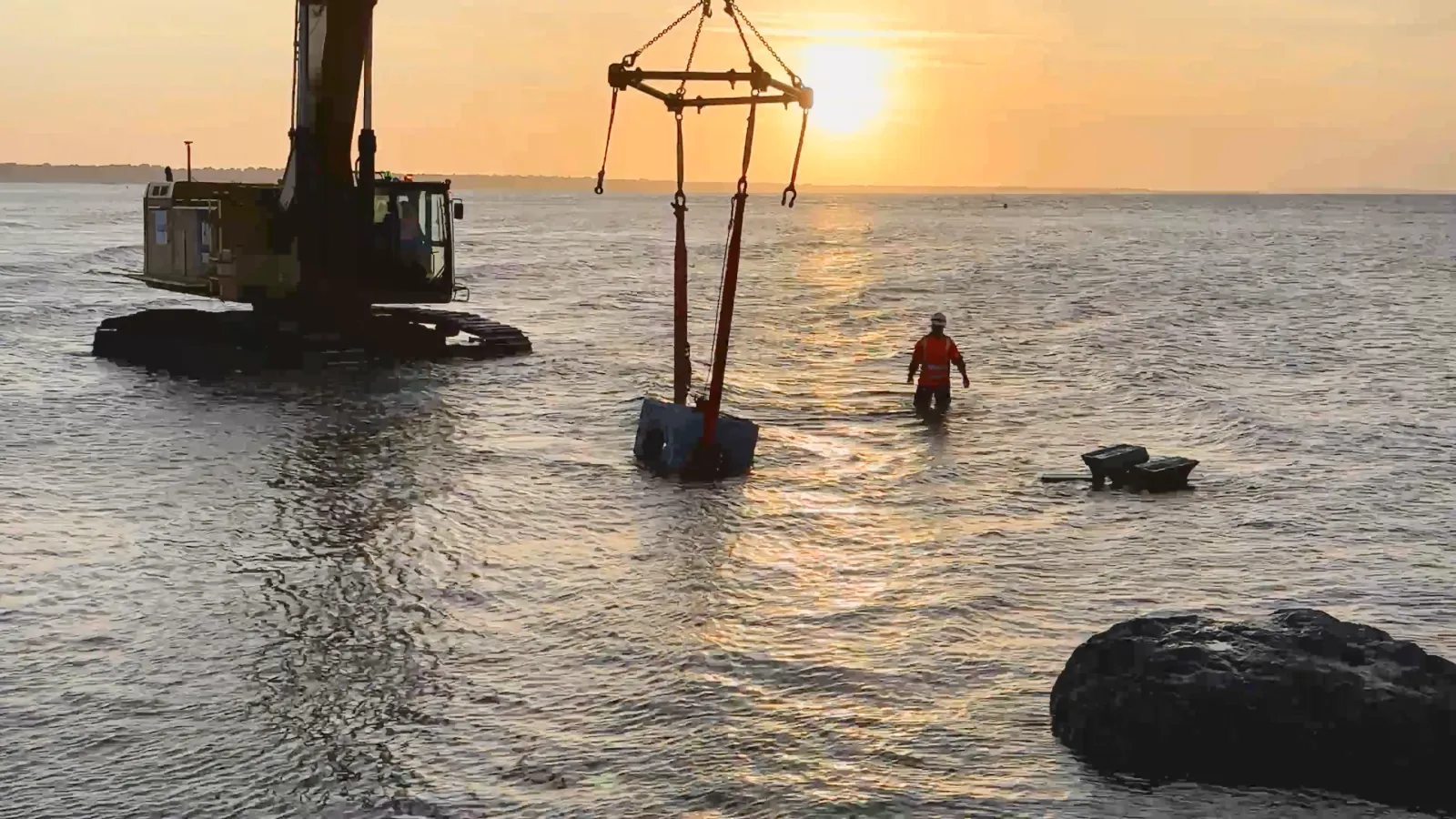
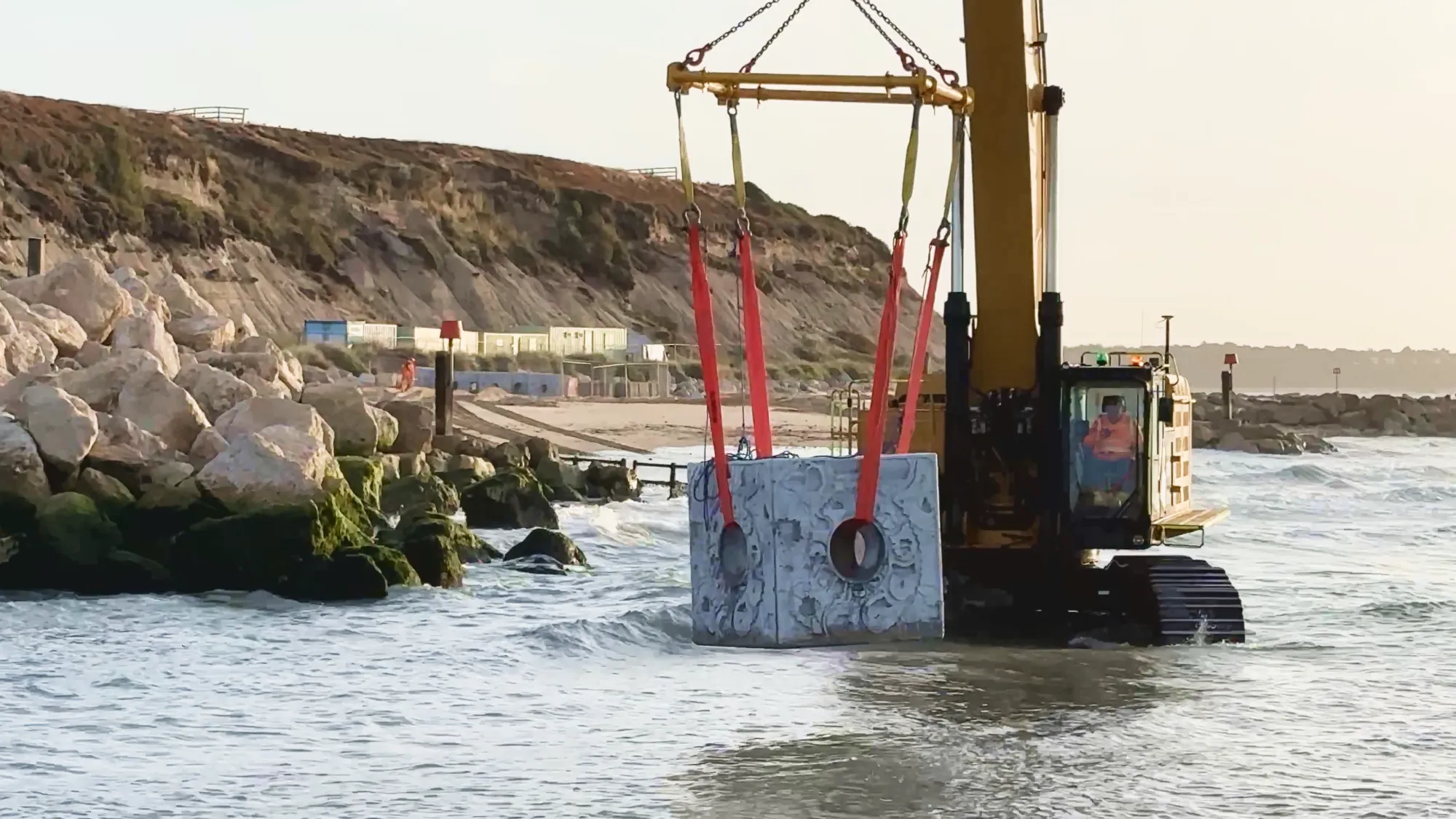
Challenge
The Long Groyne at Hengistbury Head is critical in reducing coastal erosion in the surrounding area and was originally constructed in the 1930s, but with rising sea levels and storm events, the structure was found to be in poor condition, frequently submerged and ineffective. The groyne needed to be recreated in a taller and wider format and also included environmental enhancements.
The granite rock armour traditionally used in groynes and other coastal defences lacks habitat value for marine life and the transport of it is typically very high in emissions. Often environmental enhancement units are made from concrete, which also has high carbon emissions, accounting for some 8% of annual CO₂ emissions on a global scale.
Watch our video
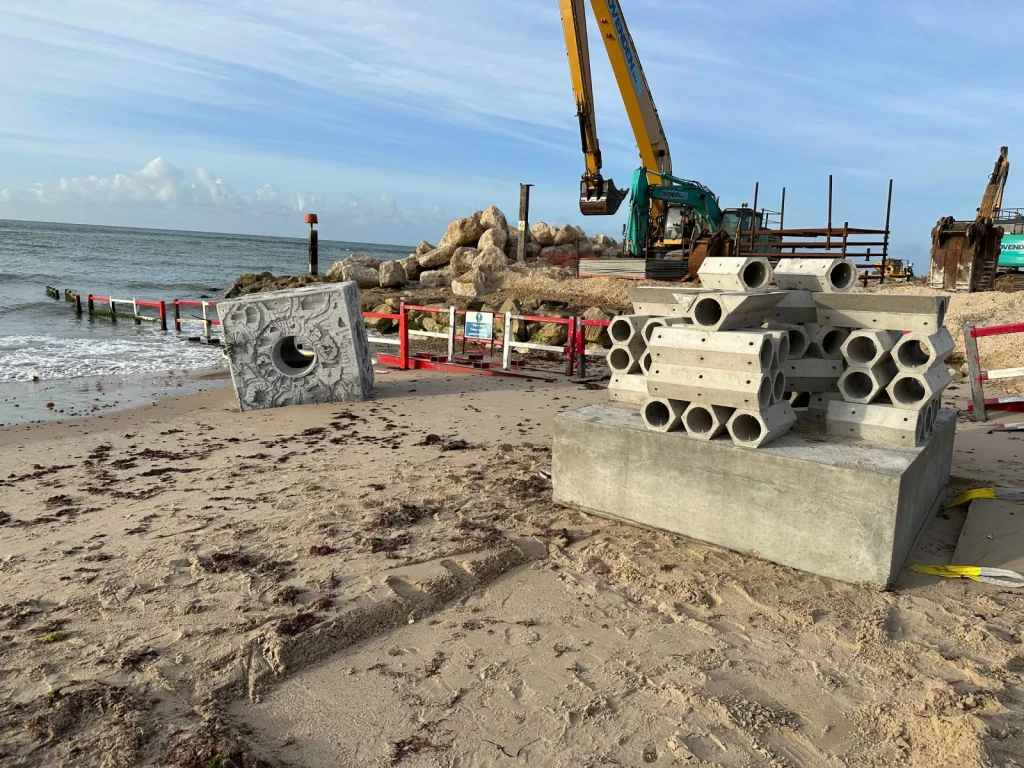
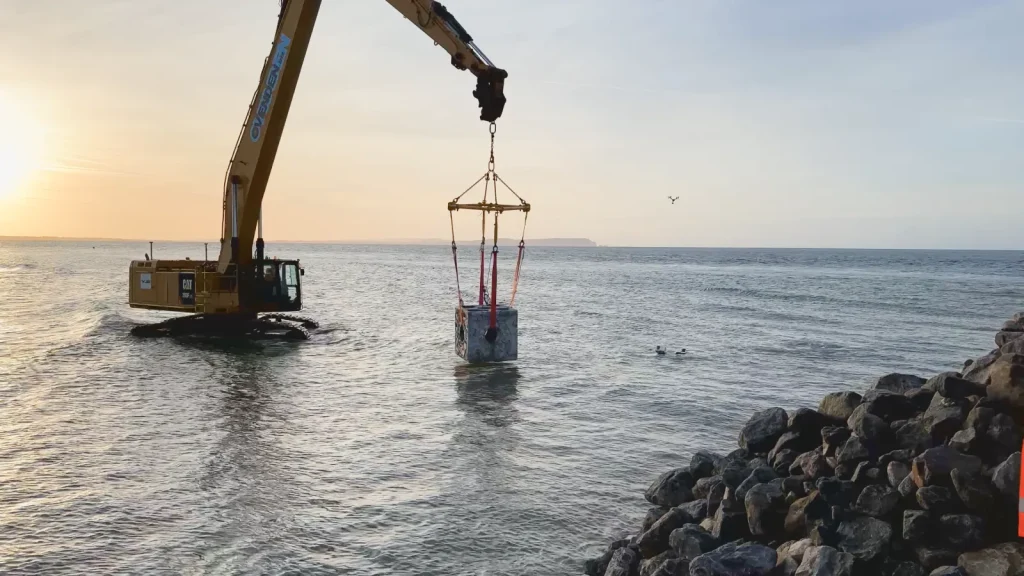
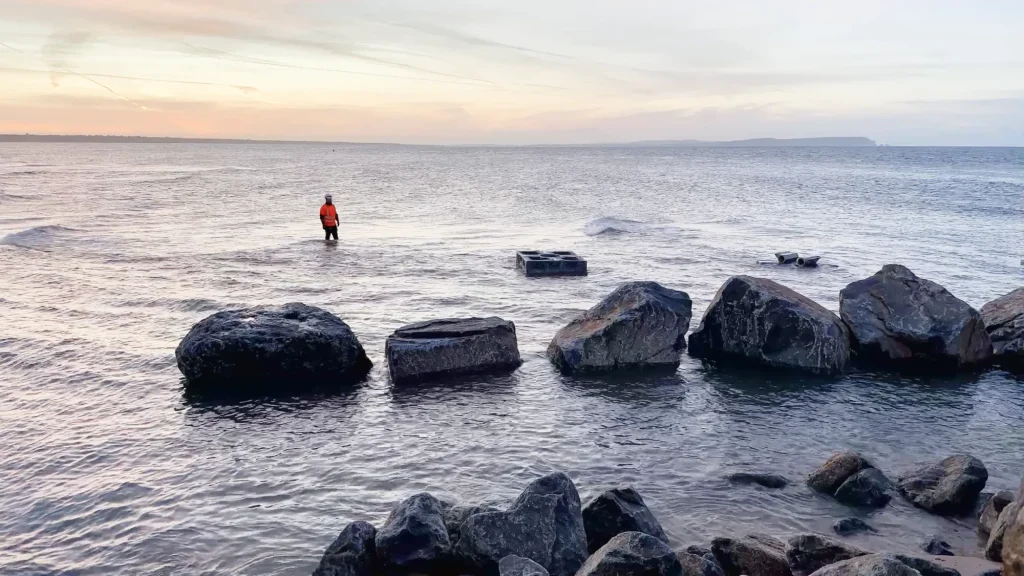
Solution
13 of our Reef cubes were deployed around the outside of the Long Groyne and are cubes are submerged at high tide and visible at low tide. They feature water retaining features, like rockpools cast into the top of them. These pools, plus the central spherical chamber, provide shelter for marine life and can act as a nursery environment for juvenile organisms. Whilst in situ, they will enhance biodiversity in the intertidal region.
The Reef cubes also feature a Nature Inclusive Design (NID) that features a complex surface texture which encourages the adhesion of marine life.
They’re a sustainable environmental enhancement and are manufactured using carbon-neutral Marine crete, a cementitious material that is alkali-activated.
Client feedback
"Working with ARC Marine on our mooring project has been a smooth process from inception to installation. Their innovative Reef cubes provided a reliable anchoring solution for our 5G ocean data platform near the Lynn & Inner Dowsing wind farms"
"ARC Marine maintained clear and effective communication throughout, making the installation process straightforward and efficient. Their commitment to sustainability and marine conservation made them an ideal partner for Jet Engineering as we strive for responsible innovation in offshore engineering"
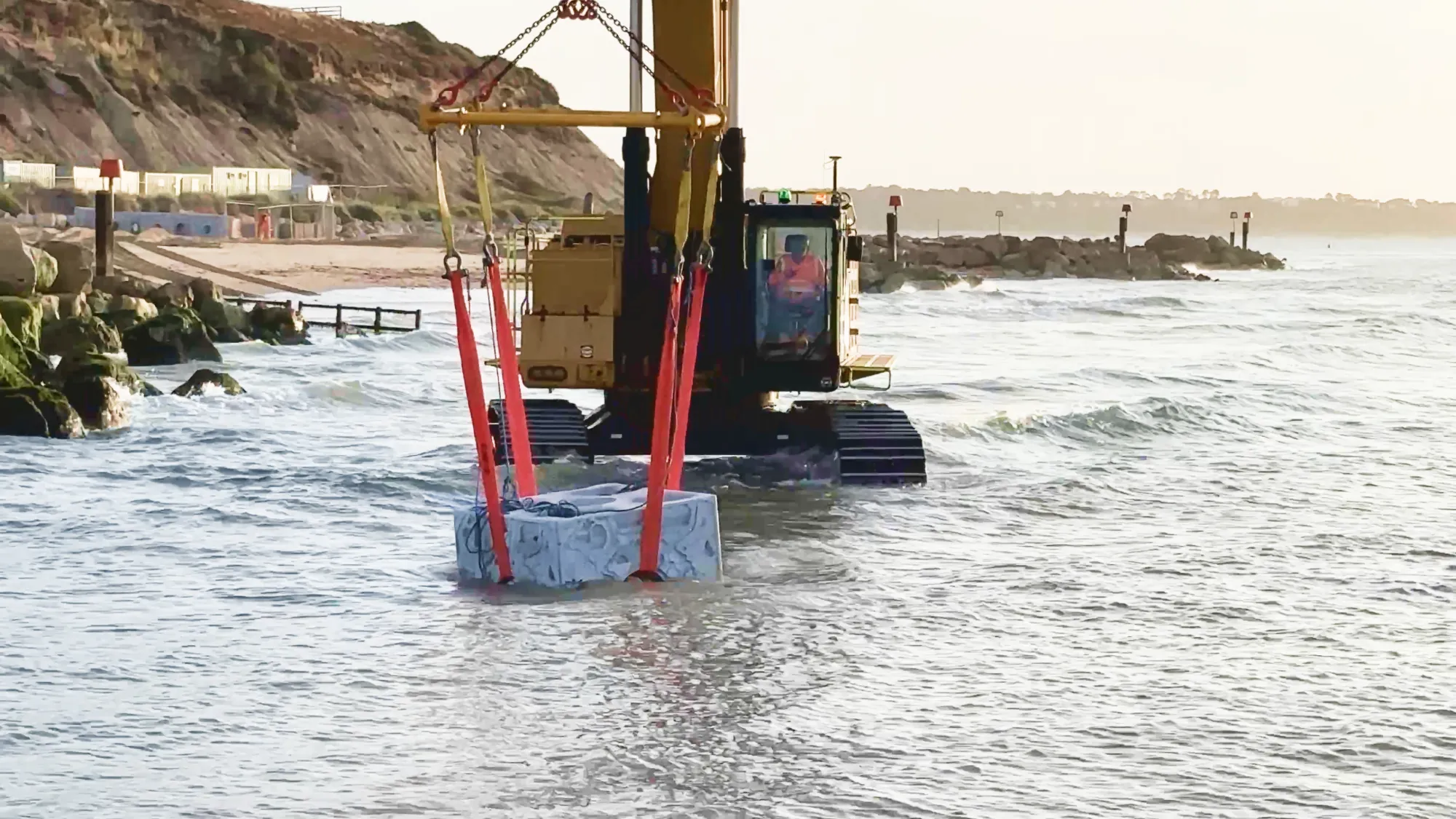
Published Papers & Resources
Full links and related documents can be found in our resources area.
More Projects
related content
Wild Oyster Project
View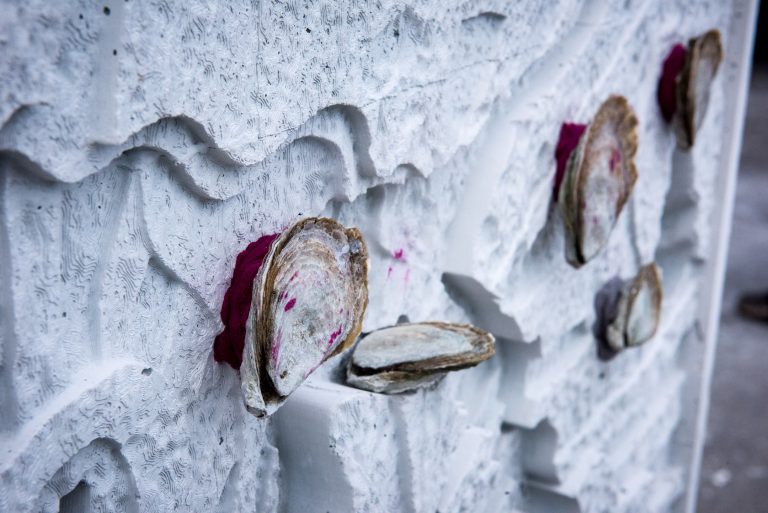
RESP Reef Enhancement for Scour Protection
View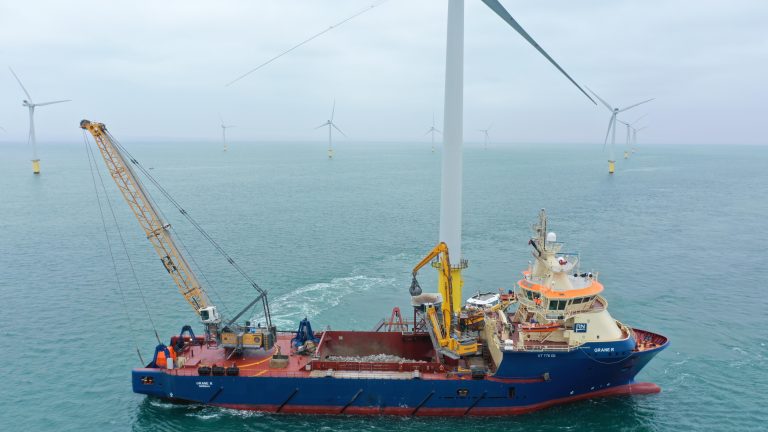
RIB: Reef cubes In a Box
View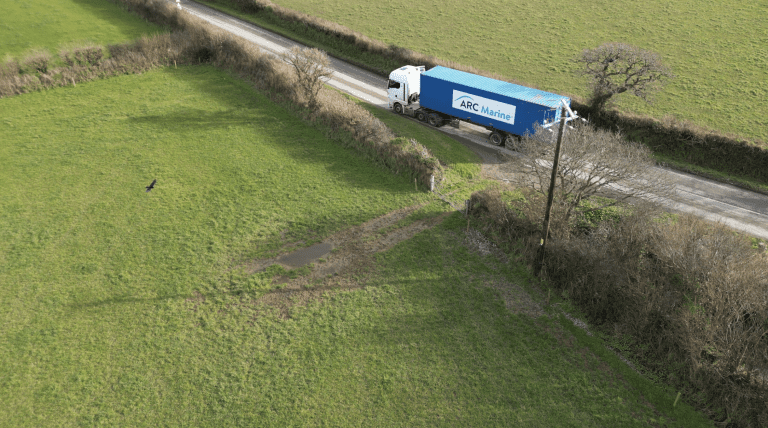
Our Intertidal Reef cubes undergo 5-year study to assess increased biodiversity
View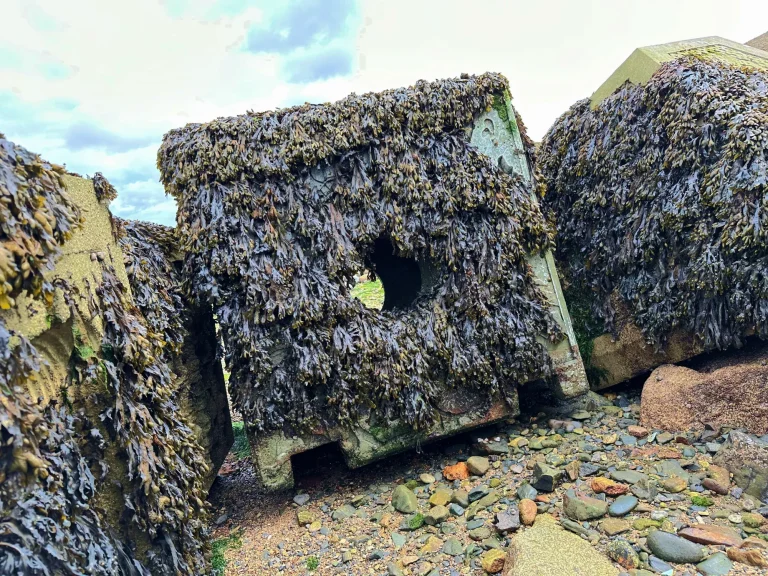
Accelerating Reef creation at UK Aquaculture site in just 12 months
View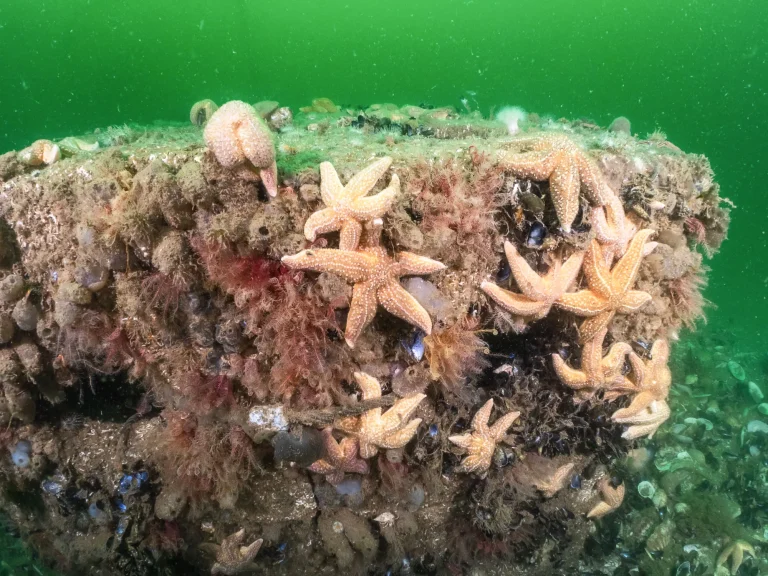
Enhancing biodiversity with nature-inclusive Reef mat installation for NICE
View